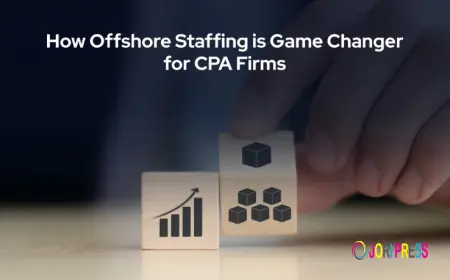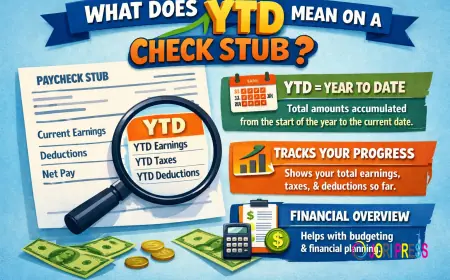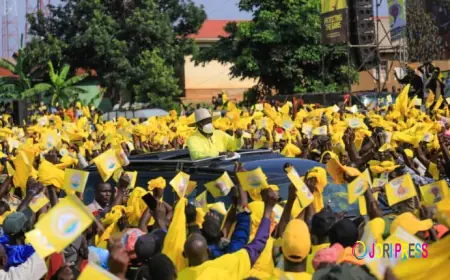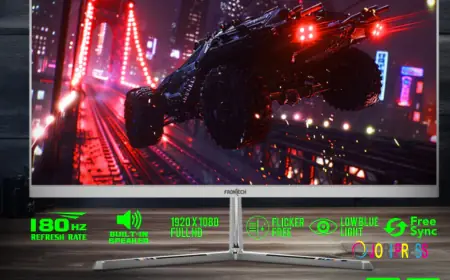How to Choose the Best Restaurant Salad Bar Chopper for Your Business
Find the perfect restaurant salad bar chopper for efficiency, speed, and consistency. Learn how to choose the best model for your business needs.
In a fast-paced food service environment, speed, consistency, and quality are essential. Whether you run a buffet, deli, or quick-service restaurant, having the right equipment can dramatically improve efficiency. One of the most valuable tools for fresh salad preparation is a restaurant salad bar chopper. Designed to handle high volumes of vegetables, these machines reduce prep time, ensure uniform cuts, and maintain food safety standards.
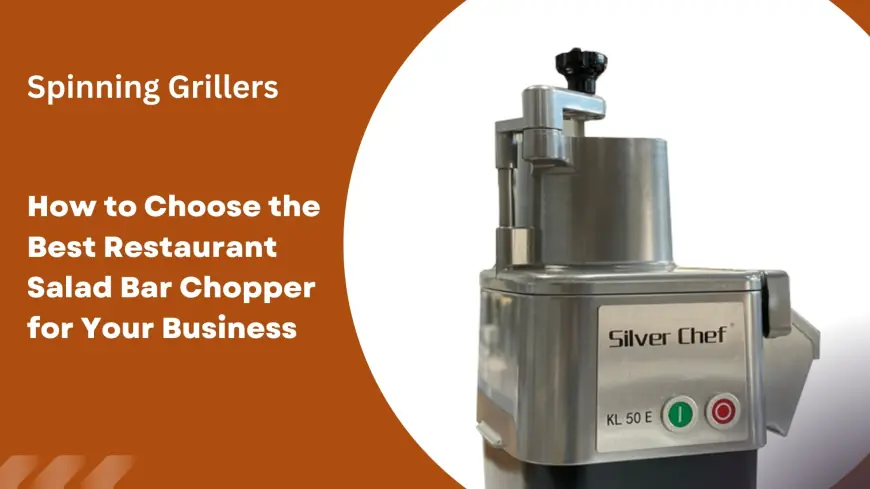
But with so many options available—from manual models to advanced electric units—it can be challenging to know which one suits your needs. Factors like size, durability, and versatility all play a role. In this guide, we’ll walk you through what to look for when selecting a salad bar chopper, highlight the benefits of various designs, and provide actionable advice to help you make an informed investment.
1. Why Does Your Business Need a Restaurant Salad Bar Chopper?
Fresh salads are a staple in many restaurants, but prepping large amounts of vegetables by hand is time-consuming and labor-intensive. A vegetable chopper restaurant tool not only speeds up the process but also ensures consistent portion sizes and presentation.
Key benefits include:
-
Time savings: Prep hundreds of servings in minutes.
-
Uniform cuts: Creates professional-quality presentation every time.
-
Food safety: Reduces the risk of cross-contamination by limiting manual handling.
-
Cost efficiency: Cuts down on labor costs during peak hours.
If your business regularly serves salads or cold sides, investing in a commercial salad bar chopper is no longer optional—it’s a necessity to meet customer expectations and maintain smooth kitchen operations.
2. Manual vs. Electric Salad Choppers: Which is Right for You?
When selecting the best salad chopper, the first decision is between manual and electric models.
Manual choppers are affordable and compact, making them ideal for smaller establishments or kitchens with limited counter space. They’re easy to maintain but may require more effort when handling large volumes.
Electric salad choppers, on the other hand, are designed for high-volume commercial use. They:
-
Operate quickly with minimal physical effort.
-
Offer multiple blade options for different cut styles.
-
Handle dense vegetables like carrots and cucumbers with ease.
If your salad bar serves hundreds of guests daily, an electric salad chopper is the better investment. For smaller operations or mobile food services, a high-quality manual chopper may be sufficient.
3. What Features Should You Look for in a Commercial Salad Bar Chopper?
Not all salad bar choppers are built the same. Choosing the right one involves considering these essential features:
-
Durability: Stainless steel construction resists rust and heavy wear.
-
Blade variety: Interchangeable blades let you create diced, sliced, or shredded cuts.
-
Ease of cleaning: Look for dishwasher-safe components or models with quick-disassembly features.
-
Safety mechanisms: Non-slip bases, blade guards, and locking systems prevent workplace accidents.
A restaurant salad bar chopper should match both your menu needs and kitchen workflow. Prioritize reliability over just cost—downtime from broken equipment can cost more than the initial investment.
4. How to Maintain Your Salad Bar Chopper for Long-Term Use
Proper maintenance ensures that your chopper continues to operate efficiently. Follow these best practices:
-
Clean after every shift to avoid food residue buildup.
-
Sharpen or replace blades regularly for consistent cutting performance.
-
Inspect moving parts for wear and lubricate as needed (for electric models).
-
Store in a dry area to prevent corrosion.
These simple steps extend the life of your commercial salad bar chopper and maintain optimal food safety standards, ensuring you get the most out of your investment.
5. When to Upgrade Your Restaurant Salad Bar Chopper
Even high-quality choppers eventually need replacement. Signs that it’s time to upgrade include:
-
Dull blades that no longer cut evenly despite sharpening.
-
Increased downtime due to frequent repairs.
-
A growing menu that requires more cutting options than your current unit supports.
-
Higher production demands that your current chopper cannot meet efficiently.
Upgrading to a modern industrial salad bar chopper can streamline prep work, reduce labor strain, and keep up with the pace of a busy kitchen.
Final Thoughts
Spinning Grillers understands that efficiency and consistency are crucial for any food service business. Choosing the right restaurant salad bar chopper means evaluating your production volume, menu requirements, and long-term durability needs. Whether you select a reliable manual model or a powerful electric unit, investing in quality equipment will save time, improve presentation, and reduce operational costs. A well-chosen chopper is more than just a prep tool—it’s a cornerstone of a smooth, productive kitchen.
What's Your Reaction?
 Like
0
Like
0
 Dislike
0
Dislike
0
 Love
0
Love
0
 Funny
0
Funny
0
 Angry
0
Angry
0
 Sad
0
Sad
0
 Wow
0
Wow
0

